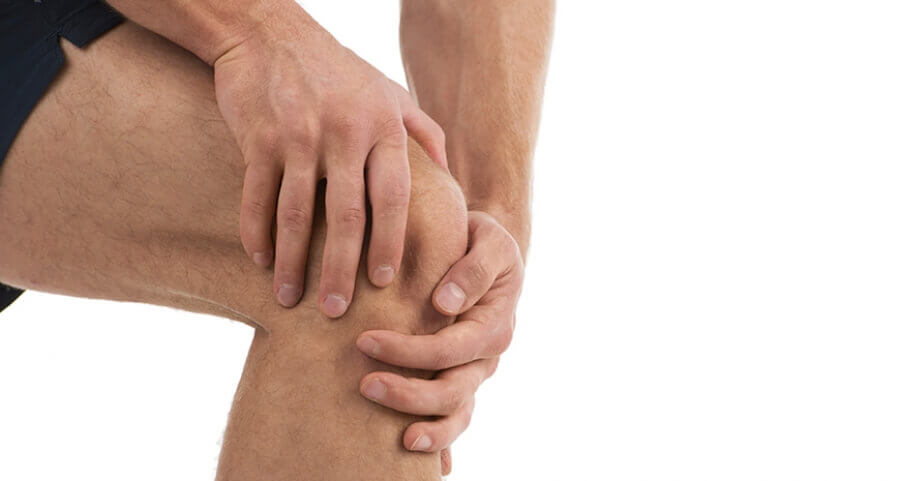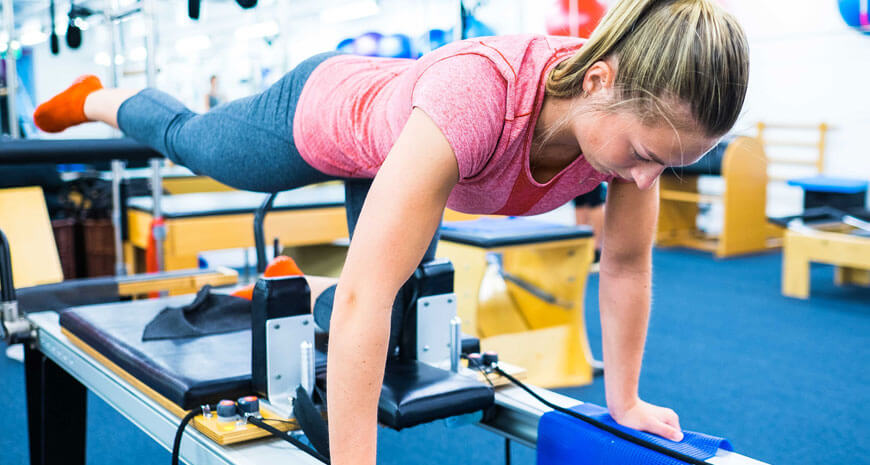The iliotibial band is a long tendon that runs down the outside of the thigh and inserts on the side of the knee. It provides stabilisation to the knee in the walking and running motion.
With repeated bending / straightening of the knee, the iliotibial band (ITB) rubs against the prominent bone on the outside of the femur (thigh bone) at the knee. This friction may develop into ITB tendonitis or inflammation of the bursa (fluid filled sac) that lies between the tendon and the outside of the femur.
What causes it?
Generally it is caused by a history of ‘overuse’ as opposed to direct trauma, such as a fall or tackles in sport. A rapid increase in training, excessive downhill running or running on uneven surfaces can all predispose some athletes to developing ITBFS, due to the extra stress placed on the ITB. It is characterised by an ‘ache’ over the outside of the knee that with progression of the condition, can persist during exercise. It may even cause the athlete to stop exercising or ‘limp’ afterwards.
What can be done?
Physiotherapy management involves reducing the ‘load’ on the ITB and then ensuring that all predisposing factors are managed accordingly. This may involve:
- Rest: without rest the ITB will continue to be inflamed.
- Reduce Inflammation: regular application of ice will provide pain relief. Anti-inflammatories prescribed from your doctor may also assist at this time.
- Massage: plays an important part in allowing the band to stretch by ironing out any tight knots or lumps in the ITB.
- Increase Strength: of quadriceps and pelvic muscle stabilisers (i.e. gluteal muscles of the buttock), to reduce the workload of the ITB.
- Stretching: can be started once the pain and inflammation has gone, and should continue long after training has resumed.
- Correction of Pre-Disposing factors: this will ensure that the problem doesn’t re-occur and can include:
- Education on correct training principles of duration, intensity and frequency, to ensure that the ITB can progressively adapt to the demands placed upon it with training.
- Biomechanical factors such as over-pronation (flattening) of the feet can cause the lower leg to roll inwards. This in turn means the knee will rotate inwards, increasing the demands on the ITB. Wearing appropriate running shoes for your foot type will minimise these problems.
- Corticosteroid injection: involves injecting the tender area with local anaesthetic and steroid to assist in the healing of the ITB tendon. This is only done if the patient is severely restricted in general movements.
- Surgery: to release (lengthen) the ITB may be necessary in the occasional case that fails to respond to the above measures. Physiotherapy rehabilitation is recommended post-surgery.



